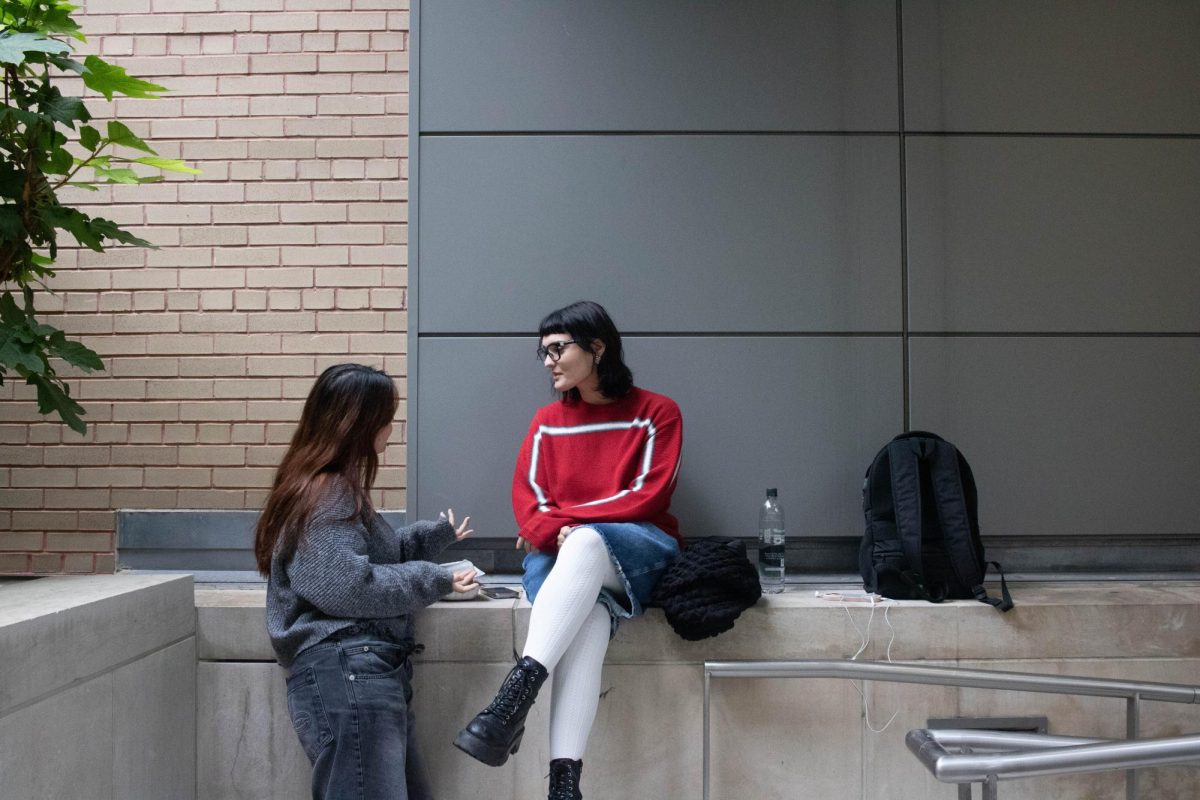Younger demographics are gaining largely unrestricted access to the intense and oftentimes inescapable world of social media. The influx of these so-called “iPad kids” has become an epidemic throughout recent years.
While I, Arshia, grew up with a TV and a shared family desktop, I was also surrounded by other offline activities and was not allowed to have personal electronics until age 10. Being raised with limited forms of electronics helped teach me how to naturally connect with my peers. Now, opportunities to interact with technology are present even in the smallest circumstances.
For example, as kids, some people were presented with a set of crayons and a coloring page at some sit-down restaurants. Now, those stimulating activities have been replaced by the blinding screens of iPads and phones. The shift in how kids are distracted in public settings can be considered rational given our ever-increasing reliance on technology; however, it is essential to understand the harmful effects that this heightened exposure has on kids and college students.
Influencers upload snippets of their life to draw in viewers and profit from those numbers. But as viewers, people see those snippets as encapsulating their whole life.
Young children can develop warped conceptions of reality from all-encompassing forms of media like Instagram and TikTok. According to the National Library of Medicine, excessive screen time can lead to behavioral problems, delayed language development, and decreased emotional understanding.
We have both experienced the rapid development of these decreased social skills firsthand by looking for a job through Handshake or LinkedIn as opposed to in-person networking or crowd-sourcing my way into a job. This is where the term “video deficit” can be applied. The term, which was cited in an article published by New York Behavioral Health, refers to the idea that children learn more effectively through face-to-face interactions instead of screens.
Children are not the only ones impacted by the glamorized facades projected through social media. Even college students are susceptible to idolizing people we do not personally know. Influencers upload snippets of their life to draw in viewers and profit from those numbers. But as viewers, people see those snippets as encapsulating their whole life. These misguided perceptions lead viewers to doubt their own lives.
One visible effect of how social media usage can impact young people is through the popularized albeit unrealistic beauty standards promoted by niche influencers. Studies by organizations such as the American Psychological Association found that after by simply reducing social media use, participants reported feeling more confident with their overall appearance and body image.
While there are a plethora of impacts that excessive screen usage can have on students’ development in their academic and social life, the former often takes the brunt of the blow. Although it has only been a month since the school year started, both of us have noticed the revival of excessive screen-time habits. Whether it is coming back from only two classes for the day or even opening the computer to complete an assignment, the bright colors of the Instagram icon are tempting. As most people know, even if you open the app with the intention of taking a 15 minute scrolling break, that “break” can quickly extend to three hours.
Social media apps like TikTok provide fast-paced information that allow the brain to switch to autopilot, but academic work requires a slower process to better understand the information. Therefore, the former seems to be the efficient and better choice for students. These apps are developed to stifle critical thinking skills and exploit your craving to be entertained quickly.
The tendency to use technology as a crutch has led to one particular topic being seen as an actionable item: screen time. Many people use tactics like screen detoxes and challenges to lower their time spent online. I, Arshia, even participated in a detox with my siblings during the summer in an attempt to go outside more and break out of the “doom-scrolling” lifestyle that is all too familiar in today’s social media age. While I was able to cut down the time I spent on my phone, those hours rose back up once the challenge ended.
So what can we do to combat this prevalent issue of being “iPad kids” and “screen-agers?” My suggestion would be to take some time to be outside and touch some grass. Whether it’s taking a short stroll in Central Park with your friends or even lounging on the Outdoor Plaza, having plans and activities to occupy your time will show you that there is so much more than staying glued to devices and watching other people live their lives.

